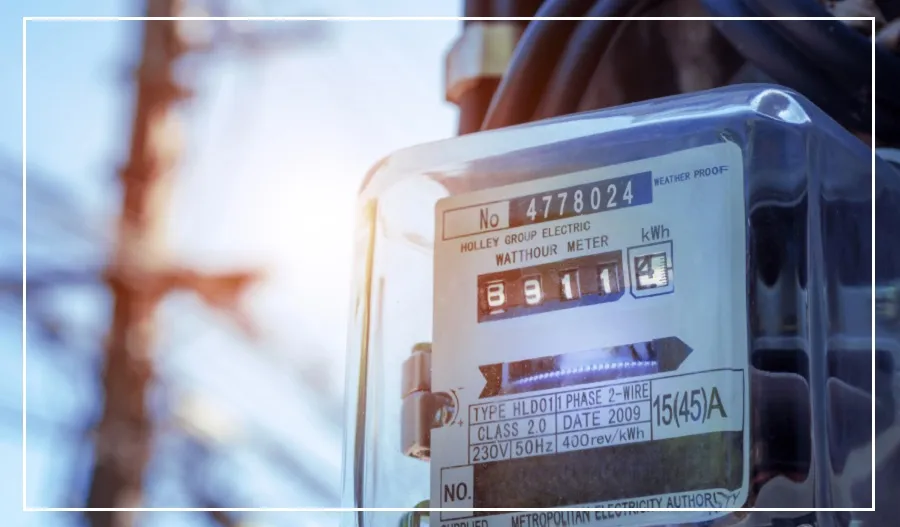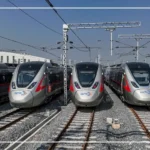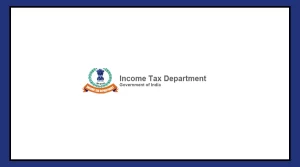Maharashtra Power Price Cut: There’s big news for people in Maharashtra—electricity will soon cost less. The state government has made a historic move by deciding to reduce electricity rates, bringing major relief to citizens.
Chief Minister Devendra Fadnavis announced that electricity rates will be cut by 26% over the next 5 years, with a 10% reduction in the first year.
Electricity Will Be Cheaper in Maharashtra
The Chief Minister said this decision was taken after approval from the Maharashtra Electricity Regulatory Commission (MERC).
MERC accepted a proposal from Maharashtra State Electricity Distribution Company Limited (Mahavitaran) to cut electricity rates.
Earlier, companies usually requested to increase prices, but for the first time, Mahavitaran requested a rate cut, which MERC approved.
Electricity Rates to Drop 26% in 5 Years
In a tweet, Chief Minister Fadnavis shared that electricity prices will go down by 10% in the first year, and a total of 26% over five years.
This is the first time in Maharashtra’s history that such a price cut is happening. The biggest benefit will go to common citizens.
Who Will Benefit from the Rate Cut?
Chief Minister Fadnavis said the reduced tariff will apply to all three categories of users—domestic, industrial, and commercial.
Importantly, about 70% of users in Maharashtra consume less than 100 units per month. These customers will get a direct and major benefit from the lower prices.
Relief for Middle and Lower Income Families
This move will especially help middle-class and lower-income households, who often struggle with high power bills.
With reduced electricity costs, these families will pay less every month, leading to better savings.
Rapid Progress on Solar Agriculture Scheme 2.0
The Chief Minister’s Office also shared that work on the Mukhyamantri Saur Krishi Vahini Yojana 2.0 is moving quickly.
This scheme was first launched in 2017, and focuses on setting up decentralized solar power projects (2 MW to 10 MW) within a 5 km radius of agriculture-focused power centers.
This ensures daytime electricity for farmers and supports solar energy growth in the state.

























